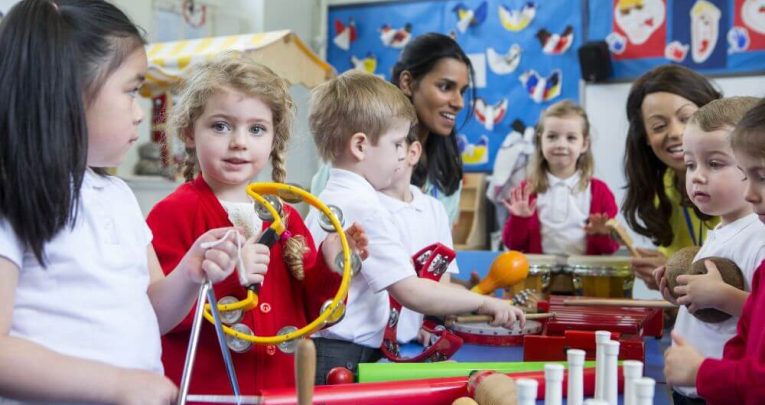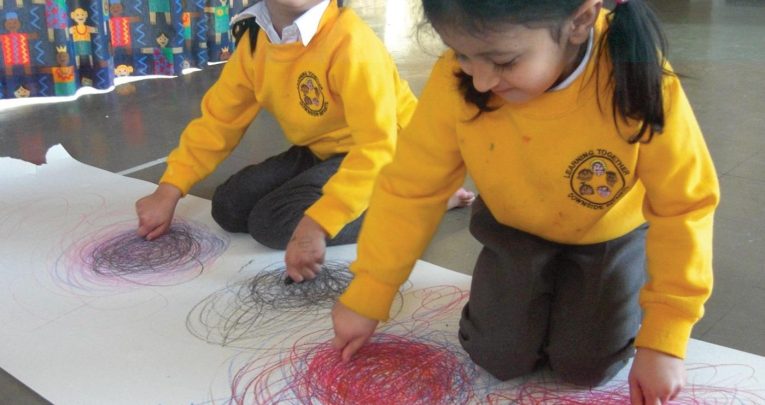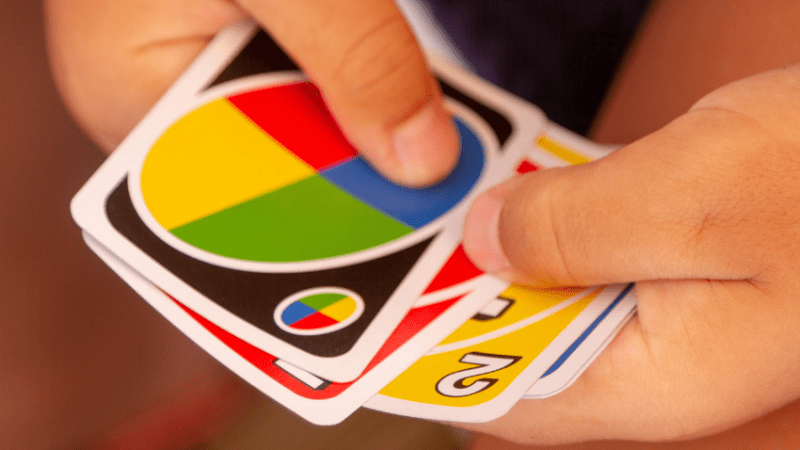Composing music is a skill every child can and should do

Composing isn’t about trying to emulate historical figures in wigs and tights; it’s a skill everyone can learn – and teach – without fear, says Dr Elizabeth Stafford…
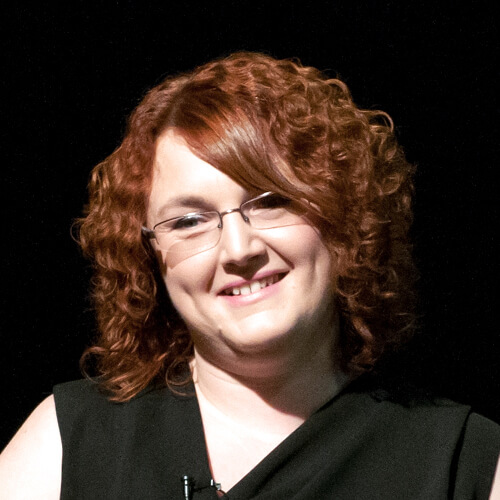
- by Dr Elizabeth Stafford
- Internationally recognised music education expert Visit website
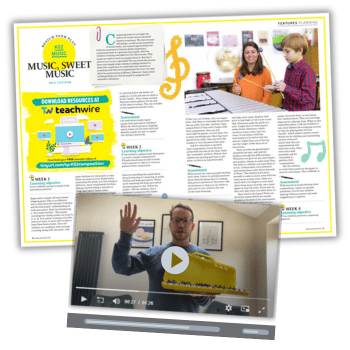
Ask any primary teacher what their greatest fear is around teaching music, and you might expect that they would say ‘singing in front of my class’. Good guess! In my experience that’s number two on the list – topped only by ‘composing.’
The idea of composing comes with all sorts of baggage thanks to the Western classical tradition of music. When we say ‘composer’ we think white male, probably wearing a wig and/or tights, most likely a bit bonkers, and definitely already dead!
I remember once rehearsing my choir at a catholic school to take part in a performance of Karl Jenkins’ Requiem and the absolute horror on their faces when he turned up to conduct.
It turned out that they were expecting to perform a requiem mass for Karl Jenkins, which led to lots of interesting discussions about which composers were alive and which were dead.
(Their hot take was that Elgar must be alive because there is an Elgar Trail in Worcestershire, not far from the school…)
Recent research by Dr Kirsty Devaney of Birmingham City University identified that many teachers believe in the idea of creative genius when it comes to composing, and think that some people have a natural aptitude for this skill.
However, the art of composing is just like all other skills – it can be learned. Yes, there will always be some people who are better at wielding the skill than others, but everyone can have a go – even if they don’t own tights or a wig!
Composing at its most basic is just making up music, and there is no rule anywhere that says it has to be ‘good’ music, either!
If you think of your own musical preferences, you’ll quickly realise that there are pieces of music that you love, and ones that you can’t stand (Baby Shark, anyone?), but that doesn’t make them inherently good or bad; it just makes them different.
In terms of the requirements of the national curriculum in England, the good news is that there are no quality standards present there either!
At KS1 your pupils are asked to “experiment with, create, select and combine sounds using the interrelated dimensions of music”.
This is clearly a preparation stage for more formal composing work at KS2, and therefore we are very much looking at the development of skills as the main goal, rather than the quality of the compositional outputs.
Experiment
I find it helpful to split this statement into several areas. Children can start by experimenting with and creating sounds using their voices, bodies, and whatever instruments you have to hand.
Essentially, this is pure exploration of the potential of the musical resources that they have at their disposal, finding out what is and isn’t possible, and having a good old go at bashing the life out of your instrument collection!
The emphasis should be on finding out what sounds they can make, ready for the next stage.
The next thing we want our pupils to be able to do is ‘select’ sounds. Unlike the experimentation phase, here we want them to really engage their higher-level thinking to decide which of the many sounds they have learned would be appropriate for the task in hand.
Maybe you want to accompany a lullaby for a baby brother or sister, or maybe you want to create some music for a dinosaur’s birthday party? Those two things are going to need a very different selection of sounds!
Combine
The next stage is to combine the sounds they have selected to create a piece of music.
This, I think, is the trickiest stage, as it either involves one child playing multiple sounds or it involves groups of children working collaboratively – either of which could be a recipe for disaster depending on the physical, emotional and social development of your pupils!
I personally think this is best done in a whole-class, teacher-directed activity, but if you are lucky enough to have pupils who work well in groups at KS1, then it could be done through independent group work.
Feeling
The final stage in KS1 is to use the interrelated dimensions of music to add some pizzazz to their compositions. I find it useful to think of tempo changes as indicating movement, dynamic changes as indicating emotion, and timbre changes as showing character.
So if our story is about Jack and the Beanstalk, we would have a different timbre (a different instrument or vocal sound) for each character, a different dynamic at the points in the story where Jack felt different emotions, and a different tempo to show the movement in the story – for example Jack racing down the beanstalk ahead of the giant.
All of the above is composing, even though it hasn’t resulted in the creation of a symphony!
Purpose
At KS2 our pupils should now have all the basic skills that they need to start “composing music for a range of purposes”.
This may sound scary, but if we remember that composing is just making music up, and the National Curriculum doesn’t specify that the music has to be of any particular standard, then the only really tricky bit is making sure we’ve covered “a range of purposes”.
For me, this statement is really a fail-safe to make sure that we are not repeating the same composing activity over and over again.
To ensure we fully address the national curriculum in this area, we should aim for every one of our composing activities to have a different purpose, even though they will be developing the same skills as we go along.
So we might create a free-form soundscape inspired by ‘space’, but then we might also write a Christmas carol, create a piece of music for a viking wedding ceremony, compose an advertising jingle, or write a march for a brass band to play.
All we need to do is give our pupils the parameters in which to work, and then the skills that they apply will be broadly the same across all the different purposes.
So, for a jingle we might say it needs to be ‘catchy and short’, whereas for a Christmas carol it might be ‘moving, and comfortable to sing’. Whatever the purpose, the process is broadly the same.
Think of this like developing the skill of writing in literacy; you use the same basic tools within a set of parameters to create a particular effect.
No worries
In summary, yes, we can be clever about composing, like the great bewigged and betighted masters of yesteryear.
But equally, if we’re primary teachers who don’t identify as musical, we can still teach composing without worrying that it is some kind of rarified, unattainable skill.
After all, none of us are JK Rowling, but we don’t stress over our ability to teach writing! Just because we’re not Bach or Beethoven, it doesn’t mean we can’t introduce our classes to the magic of creating music of their own!
Dr Elizabeth Stafford is director of Music Education Solutions and senior lecturer in music business and professional studies at Leeds College of Music. Follow her on Twitter at @DrLizStafford.






